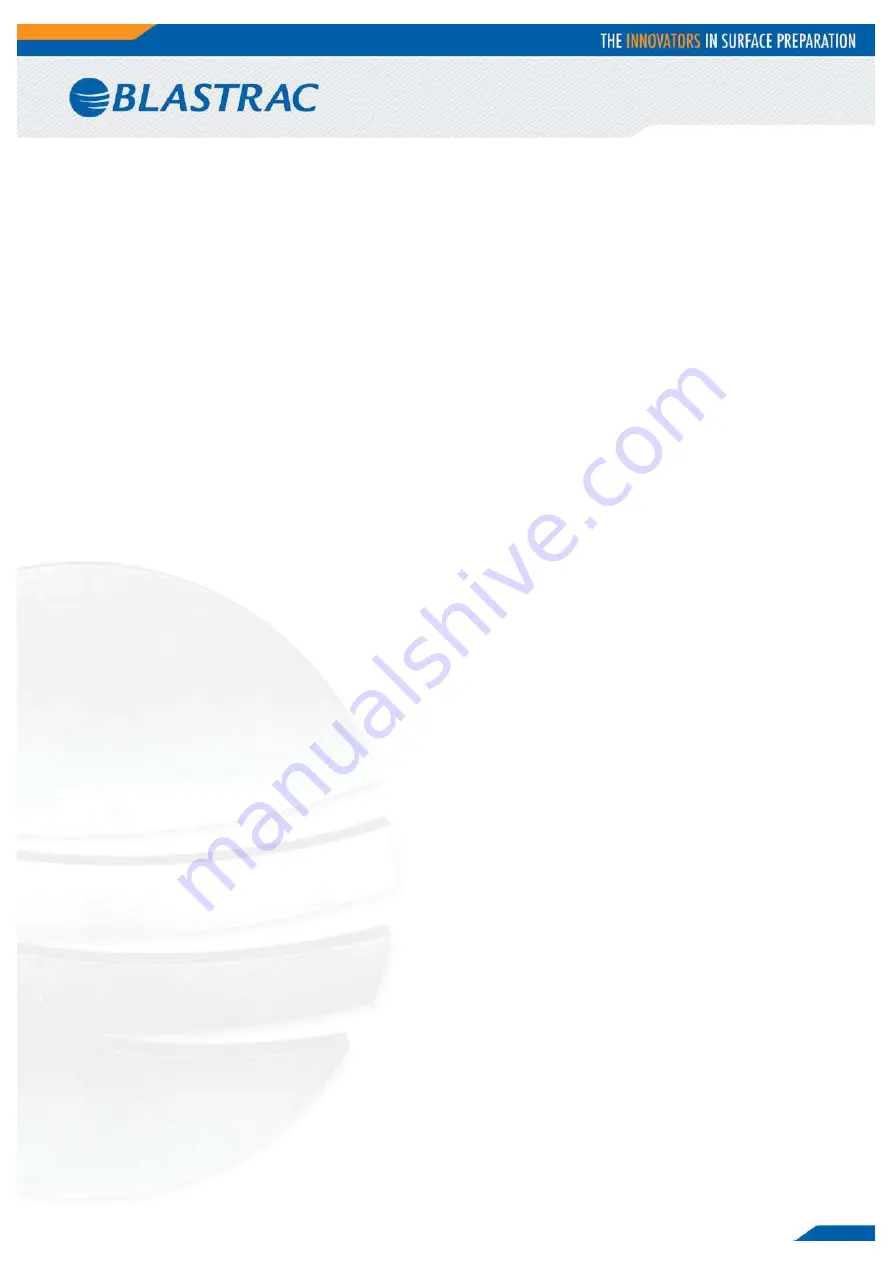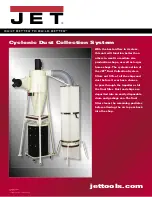
7
g)
The circuit breaker of the power supply must have a ‘’D’’ characteristic. Circuit breakers with a “C” or “B”
characteristic can give problems when switching the machine on.
h)
Keep the machine original; The machine is always equipped with an earthed connection, do not
change this
and always use earthed cables with an earthed plug.
i)
Inspect and test the electrical components regularly. The electrical components have to satisfy with the
requirements set out in the harmonised norm EN60204-1.
j)
Always call a skilled electrician or your distributor when you have questions about the safety of the
electrical components.
k)
Work on electrical equipment or operating materials may only be undertaken by a skilled electrician or by
trained persons under the guidance and supervision of a skilled electrician as well as in accordance with
the electrical engineering regulations.
l)
Always use tools that are insulated against voltages.
m)
Do not abuse the cables. Never use the cables for carrying, pulling or unplugging the machine. Keep
cables away from heat, oil, sharp edges or moving parts. Damaged or entangled cables increase the risk
of electric shock. Do not fold the cable or clamp it.
n)
Don’t pull out the power supply cable out by the wire, but by the connector.
o)
Be careful with water on the treated surface. Electrical cables must not come into contact with water.
p)
During a long standstill of the machine, pull out the main plug.
q)
If the machine is to be operated using power from a generator, the generator must be operated in
accordance with the current legal regulations and directives in force. (this applies to the protective earth
conductor in particular) in order to ensure that all safety devices are functioning and to eliminate possible
damage to electrical components.
3.3
Personal safety
a)
Always wear Personal Protective Equipment while working with the machine.
-Dust mask class FFP3 or higher
-Ear protection
-Safety glasses with lateral protection
-Protecting gloves
-Safety shoes
b)
Dress properly. Do not wear loose clothing or jewellery. Keep your hair, clothing and gloves away from
moving parts.
c)
Personnel must tie back long hair and not wear loose clothing or jewellery including rings.
d)
Stay alert, watch what you are doing and use common sense when operating the machine.
e)
Always use the operator support bracket for your own safety.
f)
Always seek professional medical attention immediately in case of injury.
g)
All persons surrounding the machine should wear Personal Protective Equipment.
3.4
Machine safety general
a)
Safety functions and operating functions must work correct.
b)
No loose bolts and nuts permitted.
c)
Never operate machine without the guards and/or safety devices in place.
d)
Never change anything on the safety devices on the machine!
e)
Do not use the machine when it is damaged.
f)
Do not
open
or
remove protective guards
while driving gears are running.
g)
Hoses and pipe work can be under high pressure. The temperature can be above 37° C. Use only hoses
and pipe work that are sized and marked
in accordance with the machine’s overall power consumption.
h)
The temperature of the machine can be above 37° C.
i)
The machine, specially the handle grips and control devices must be dry and free of fats/oils.
j)
All repair work has to be done by qualified Blastrac personnel, this guarantees a safe and reliable
machine.
k)
Always use original Blastrac spare parts filters.
This will ensure the best performance.
Only original parts meet the factory specifications and quality. Otherwise Blastrac BV cannot guarantee
the safety of the machine.
The part numbers can be found in the Service Manual.
l)
Check the rotating direction of the motor before operation. The correct direction is given with an arrow on
the housing of the motor.
m)
If safety-critical changes occur to the machine or its working method, the machine must be shut down
immediately! The cause of the fault must be established, and rectified.
n)
In the event of operational malfunctions the machine must be shut down immediately and secured!






























